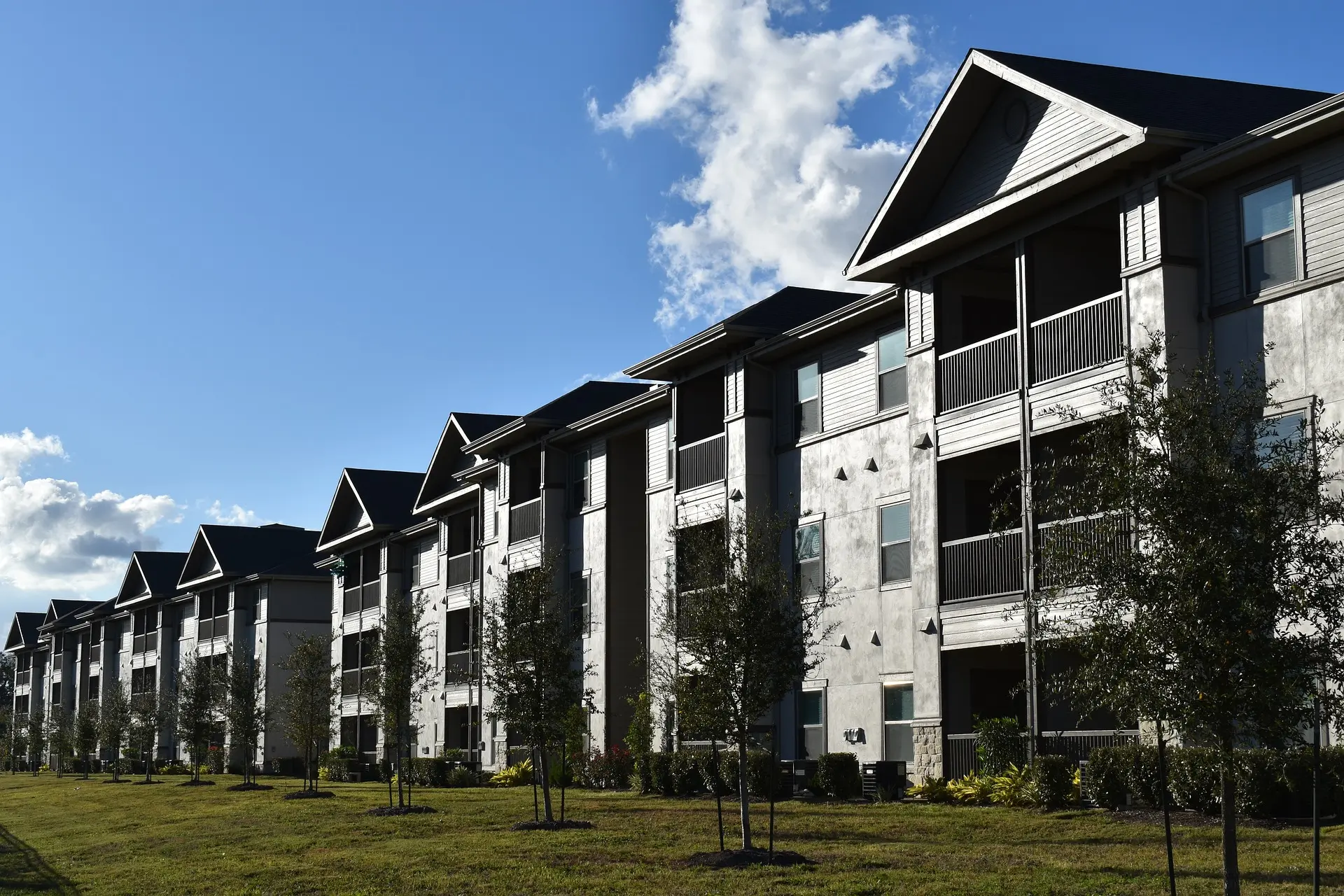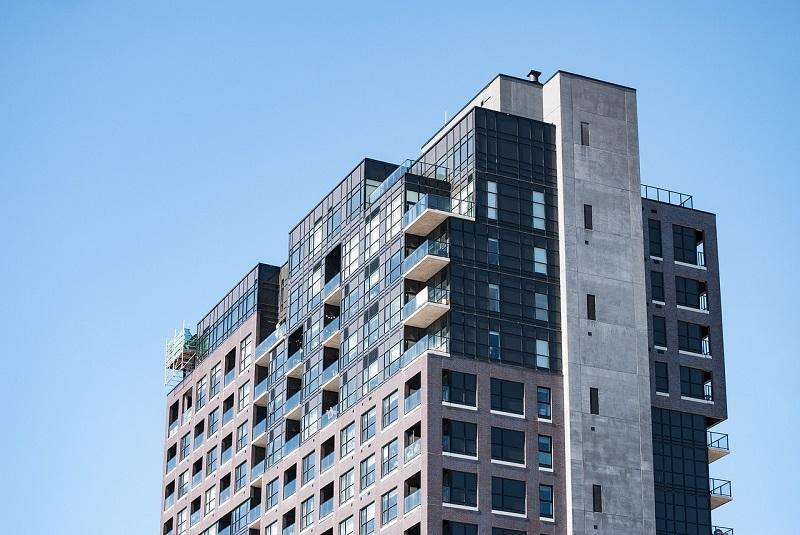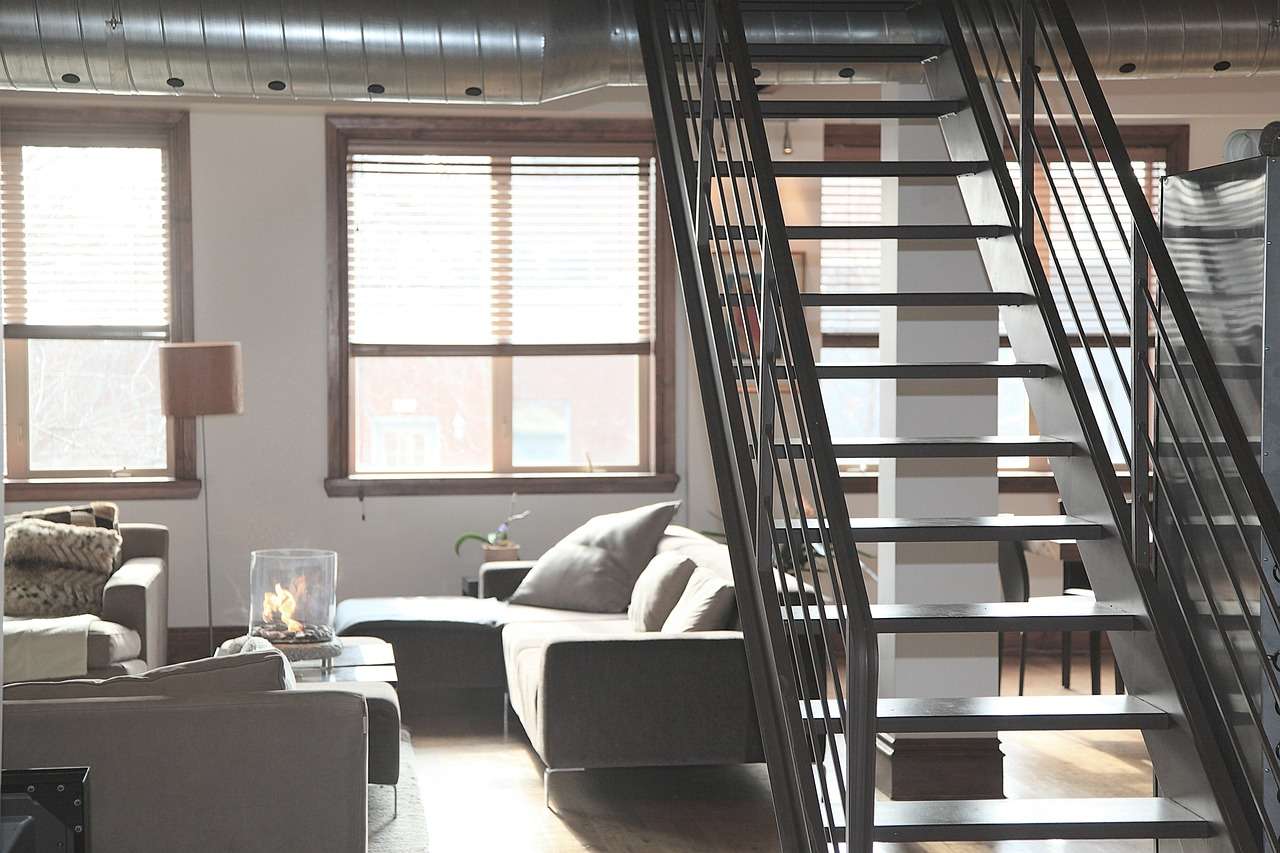Ballooning costs in the for-sale housing market have served as an adrenaline shot for apartment demand, driving valuations up. However, ablation pummels the construction industry, and the development pipeline still can't keep up.
That's good news for existing apartment owners who are set to benefit from increasing rents bu. Still, it continued pain for those searching for a place to live and cities seeking relief from the nationwide housing crisis.
Investors are flooding the for-sale homebuyer's market to turn them into rentals.
"People are working, they're paying their rent, they've gotten through Covid, and maybe they've been saving for years to buy a house — but suddenly the cost of everything about buying a house is way up, so they're going to be renters still," said New Standard Equities CEO Edward Ring, whose company is an active investor in multifamily on the West Coast.
A deep recession might bring the cost of housing down quickly, as it did in 2008. Still, in that case, job losses would keep people in their apartments, Ring points out, though he's skeptical that a recession in 2022 or 2023 would be the kind of implosion that happened during the Great Financial Crisis.
"A lot of institutional money seems to be mistaking today's outlook with that of 2008," Ring said. "They're bracing for another massive recession. There are some similarities, such as rising home prices, but otherwise, dynamics aren't the same."
In short, he expects home prices to remain relatively high, along with the cost of mortgages, as long as the Federal Reserve tries to tamp down inflation via interest-rate increases.
Multifamily will be the beneficiary of that situation this year and maybe longer.
And there are already indications that the heated for-sale housing market is cooling, at least a bit.
According to the National Association of Realtors, inventory of for-sale homes increased year-over-year in May for the first time since June 2019; all, the annual increase of 8% over 2021 leaves the national housing market far short of its pre-pandemic levels, with just over 500,000 homes available.
Accordingly, the median asking price for single-family houses rose 17.6% over last year to a new high of $447K, while time on the market dropped six days to 31.
But rising interest rates are expected to clearly impact housing sales moving into the second half of the year.
In June, Fannie Mae lowered its forecast of mortgage originations and home sales for 2022, the result of climbing mortgage rates.
Higher mortgage rates are the housing market's "primary constraint," the agency said. Fannie Mae forecast that home sales will fall 13.5% year-over-year to 5.96 million units in 2022. Further, the GSE expects about 5.29 million homes to sell in 2023.
Rather than being good news for would-be buyers, fewer people will be able to afford homes at today's elevated prices, even though Americans are making more money. Household incomes have increased since the pandemic, but inflation is eating up those gains.
Historically, renters entered the market by moving into starter homes, allowing them to build equity to progress into larger, more expensive properties. But that dynamic was disrupted by the 2008 recession, Fogelman Properties President Mark Fogelman said. His company is an active multifamily investor, especially in the Southeast.
"As recently as the 2000s, developers were building subdivisions aimed at people making $40K to $80K a year, allowing people in that income group to matriculate from apartments to their own houses," Fogelman said.
"But because of lack of credit and a change in builder focus, now there's virtually no starter home inventory in the country," he said. "A 'starter home' now is $400K, which isn't affordable to many renters."
Even if developers wanted to build lower-cost housing, the current climate makes that very difficult. Rising construction costs and long construction timelines are limiting supply.
"The next six months will be like the last six months, only worse," Associated Builders and Contractors Chief Economist Anirban Basu told Bisnow, referring to the rising cost of everything that goes into construction. "Construction spending has likely fallen over the past 12 months after accounting for inflation."
The squeeze on first-time homebuyers comes as the number of household formations increases, which drives demand for all housing, primarily rental since new households tend to skew younger with lower incomes and fewer savings necessary for down payments.
U.S. household formation took a hit during the early months of the pandemic as the economy contracted. Still, much like the broader economy, it bound ced back with gusto by 2021, according to the Federal Reserve.
Over the past year and a half, household formation has been primarily driven to return to the pre-pandemic rates at which younger adults lived with parents or other family members, the Fed notes. The rebound has been an essential contributor to a surge in housing demand.
From the end of 2019 through March 2022, men's rents and house prices have ballooned to record highs, even as permits for new residential construction have risen to their highest level since 2006, according to the Fed.
The current climate might make things challenging for renters who want to own, but owners stand to benefit as renters remain in place. Currently, that dynamic is reflected in multifamily valuations and vacancy rates.
MSCI reported in late June that apartment asset prices set an all-time high rate of growth rateMay, up 23.3% compared with the same month in 2021, with demand for apartments still rising as household formation increases.
RealPage reported in May that the national vacancy rate for investment-grade apartments ticked down in Q1 2022 from the previous quarter to 2.4%, the lowest quarterly vacancy rate since the company began tracking in 2000.
A more comprehensive measurement of apartment vacancy also showed that rates have been dropping since last year. The U.S. Census Bureau's rental vacancy rate for all apartments (buildings with five or more units) rose from 0.6% in the first quarter of 2022 to 7%.
Rents for professionally managed apartments rose 15.2% year-over-year in Q1 2022, RealPage reported, up 1.3 percentage points from the previous quarter. It is also the third consecutive quarter of double-digit rent growth on the national level.
With its shorter lease terms, multifamily (as well as self-storage and hotels) has a more remarkable ability to monetize rental increases, LEX Chief Financial Officer John Todd said.
"In this market environment, you have a millennial household formation that is bolstering the need for housing, which generally people can't substitute," Todd said.
"All that pent-up housing demand has been released, and that shift will be here to stay for several years," Todd said. "Being an owner or investor in a multifamily property is a perfect place."
But despite a positive outlook, New Standard Equities Chief Operating Officer Julie Blank said that multifamily owners should be cautious.
"Operators must take a strategic look at the demographics they are targeting and set their business plans according to real-life scenarios," she said. "What can residents afford? Business owners can't be swayed into thinking everybody can afford something better."



















